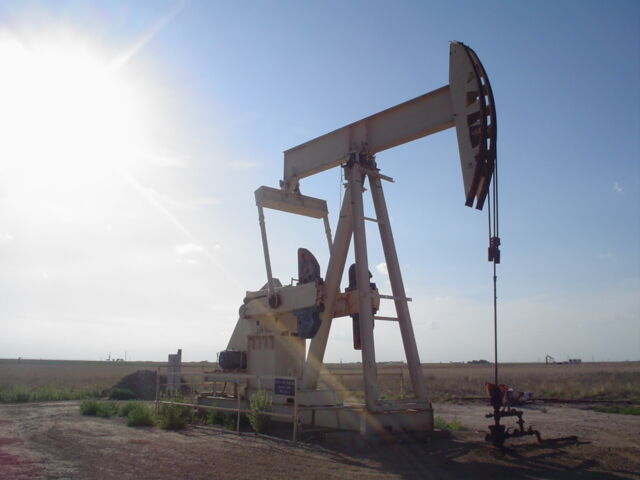-
A renewable energy resource is defined as a resource that is not destroyed during its use and/or which has the capacity to renew itself naturally at least at the same rate as it is used.
-
A non-renewable energy resource is one that is destroyed in the course of its use and/or renews itself more slowly than the rate at which it is used.
Energy occurs naturally in many forms: solar, wind, tidal, etc. Many natural resources are used by humans to meet their energy needs. Thus, human beings have been able to take advantage of the natural resources that surround them to meet their needs, to keep warm, to feed themselves, or to build shelters.
Depending on the availability of natural resources and how quickly they replenish, different resources have been classified into two categories:
Among the natural resources available to us in the environment, some are renewable, while others, unfortunately, are non-renewable. Therefore, the exploitation of natural resources must be done in moderation. There are several ways available to limit our energy consumption and avoid overexploitation.
The information in this page can be supplemented by various other concept sheets in the Material World section:
Some files from the Earth and Space world also address energy concepts:
Some of the concept sheets relating to the Social Studies also discuss energy concepts:
A natural renewable resource is defined as a resource that is renewed over a short period of time.
The exploitation of a renewable resource is slower than its renewal. A lot of importance is now given to renewable energies. These are energy sources that renew themselves quickly enough to be considered almost inexhaustible. Renewable energies include energy from the Sun, biofuels (ethanol production for example), water, wind, heat from the ground, etc. Note that a renewable energy source is not necessarily a green (clean) energy source.
The following energy sources are considered renewable resources:
Natural resources sometimes exist in limited quantities. A natural non-renewable resource is defined as a resource with a renewal period that is relatively long, even sometimes too long (may exceed a human lifetime).
In fact, a non-renewable resource renews itself more slowly than it is used. The following energy sources are considered non-renewable resources:

Since human survival is closely linked to the natural resources that surround us, and since many of these resources are non-renewable, we must exploit the environment with moderation, caution, and respect. In fact, careful planning of the exploitation of the world’s natural resources is necessary to avoid shortages of any of them. Access to consumer goods has become so easy that humans sometimes do not care about the waste they generate. Here are some ideas on how to avoid wasting resources:
-
Buy only the necessary goods.
We consume too many products that are unnecessary for our survival and we grow bored of them too quickly. Be careful with advertisements that create unnecessary needs. -
Buy local products.
Importing certain consumer goods (from China or Mexico in particular) requires several trips and long transit times. This results in excessive gasoline consumption, which increases carbon dioxide production. -
Avoid overpackaging.
An increasing number of consumer products (especially food and electronics) are over-packaged. It is better to buy a large bottle of juice when preparing lunches and to use a reusable travel bottle rather than using small, disposable containers. -
Reduce the size of the garbage bag.
Recycling (and even composting) can significantly reduce the size of garbage bags. -
Reduce water consumption.
Water is a natural resource that we must protect. In Québec, drinking water is easily accessible. However, it is still important to use it wisely. Watering down the asphalt is often unnecessary… -
Reduce energy consumption.
Simple actions allow more efficient energy management, such as turning off the lights in unoccupied rooms or using rechargeable batteries instead of disposable ones. Opting for quick showers instead of long hot baths, which consume more energy, is another way of improving energy efficiency. -
Reduce car use.
Instead of using a car, consider using a bicycle, when possible, to travel to nearby locations. -
Remember the 3R-V rule and apply it daily.
The 3R-V rule is as follows: reduce at source (produce less waste), reuse (reuse a product by modifying it, if necessary), recycle (transform a material into a new product), and value (repurpose your goods). -
Visit thrift stores.
It is possible to find beautiful clothes in thrift stores and at low cost. -
Repair instead of always buying new.
Throwing away a broken item and buying a new one is very easy. However, each time we do this, we increase the amount of waste that the Earth has to bear. Repairing, renovating, or transforming old objects before throwing them in the garbage can be a good idea.